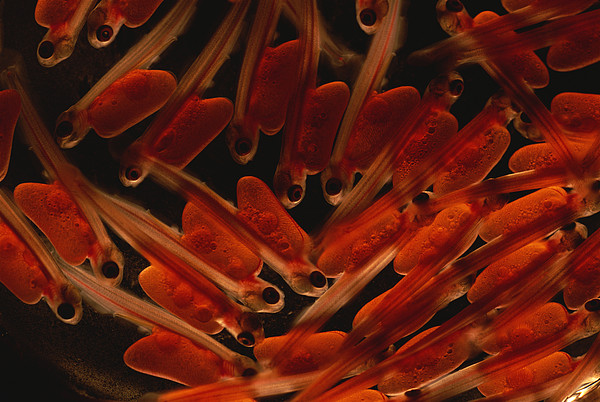Biological Models for Innovating How We Innovate
This week I came across another LinkedIn post by Pete Foley. In the post, Sex, Nature and Innovation Strategy, Foley poses an interesting question. In addition to inspiring innovative technologies, can biological models also help us innovate how we innovate?
The equivalent of innovation in the biological world is sexual reproduction. So the question is, can reproductive strategies – tested by the environment and refined through evolution – serve as models for more effective innovation strategies? Consider salmon spawning. As Foley explains, the salmon spawns “huge numbers of cheap ‘prototypes’ into the ‘market.’ Attrition is high but the cost of each prototype is low, and selection is made under real market conditions.” Could companies, especially those that sell low cost consumer products, learn from the salmon’s ‘real-time innovation’ model?
This is just one example of many reproductive strategies from which we could learn. Foley mentions a number of others in his post, which I encourage you to read. While I doubt the usefulness of some of his analogies, the post is still very thought-provoking.
One thing Foley does not mention in his post is the long tradition (dating back to the 1930s) of borrowing biological frameworks to understand the process of invention. Drawing an analogy with evolutionary biology, technological novelty can be understood as arising from the recombination and synthesis of existing technologies. Models of biological evolution are even proving helpful when it comes to understanding and predicting which patents are likely to give rise to more patents and which are “dead ends.” The ability to predict which patents are most ‘fertile’ could change the innovation game. Innovators often mine patents databases for ideation stimulus, but the database is huge, so this can be very time consuming. An algorithmic filter that would limit search results to only those patents most likely to give rise to more patents would increase innovation efficiency. (Further Reading: Technology as a complex adaptive system: evidence from patent data)


I just saw this article talking exactly about how biological evolution can inspire innovation:
Kell, Douglas B., and Elena Lurie-Luke. “The virtue of innovation: innovation through the lenses of biological evolution.” Journal of The Royal Society Interface 12.103 (2015): 20141183.
Awesome find! On my reading list for this week 😀
As always, why there isn’t a “like” button for comments!